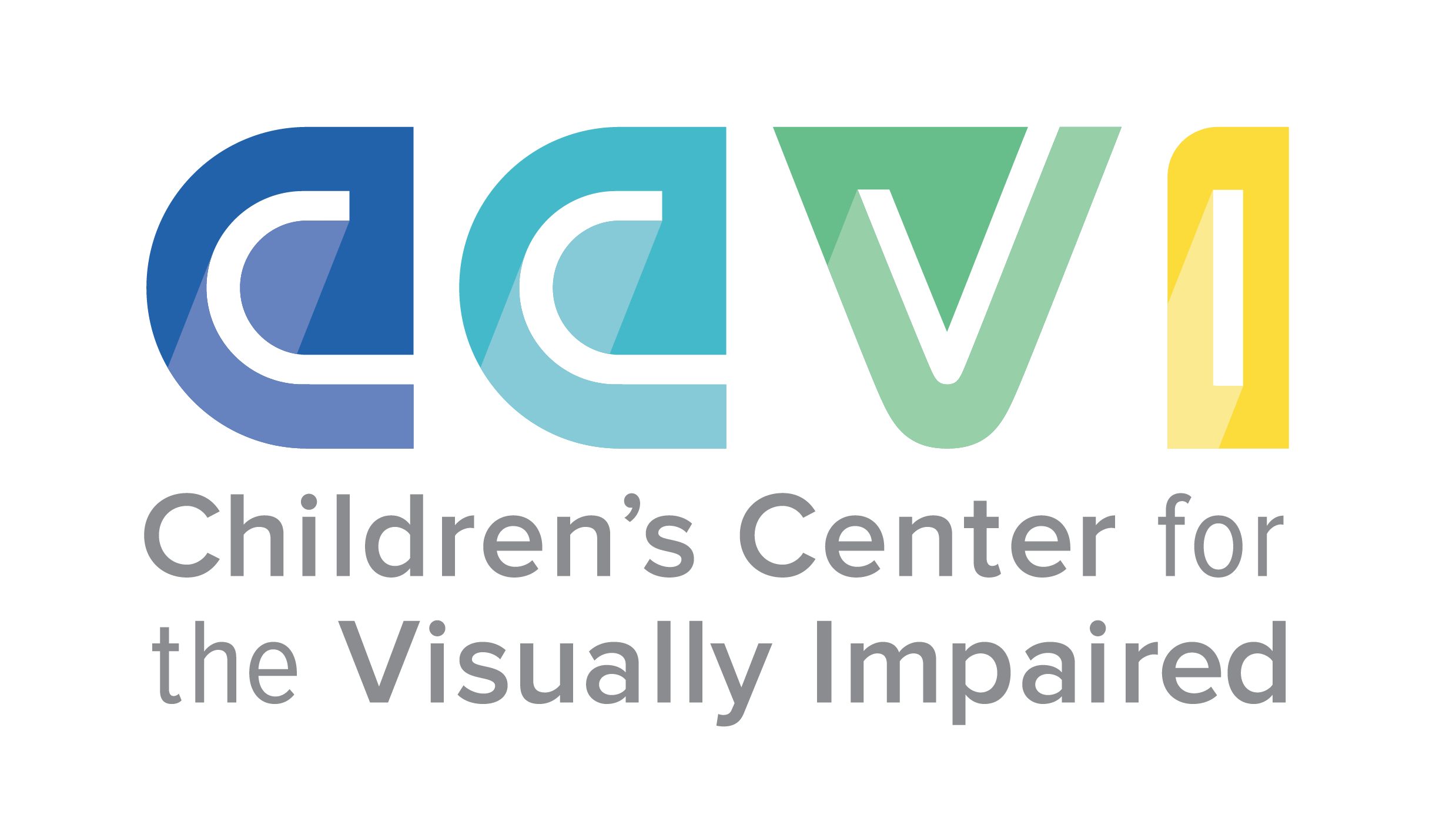The Butterfly Effect: Connecting Vision to the Greater Scope of Care
As an organization dedicated to providing tools and resources to help children with visual impairments reach their highest potential in the sighted world, we understand our work cannot stop there. Instead, we set out to bridge gaps, change perspectives, and provide resources to other organizations within our community to truly bring change to the world. Recently Alex Olson, Director of Vision Services, and Erica McCarthy, Speech-Language Pathologist, did just that.
Back in April, CCVI was invited to present at the Speech and Language Pathology Clinic Professional Development Day at Children’s Mercy Hospital. CCVI has a long history working with Children’s Mercy, and even just last December Alex joined Dr. Amy Waters to present at the Down Syndrome Clinic. This time, joined by one of our very own Speech-Language Pathologists, Alex and Erica came together to represent CCVI and our place in the field of vision. Between their combined knowledge as a Teacher of the Visually Impaired and a Speech-Language Pathologist, together they offered new and valuable insight into vision and speech-related issues and services.
As many individuals in the field of vision know, vision is often connected to other issues, such as language delays or behavioral dysregulations. Unfortunately, outside of the field of vision, this fact is not well known.
Alex and Erica acknowledged this in their presentation and explained how visual impairments can often be misdiagnosed or completely missed when it comes to diagnosing the cause. They further explained how Cortical Visual Impairment (CVI) is often misdiagnosed as Autism or ADHD since they have similar behaviors and symptoms. This can also be seen when it comes to language difficulties in children, which was new for many people in attendance to hear.
“It’s really cool to see the connection happen when you are talking about a vision issue or a characteristic and see someone in the crowd go “Wait what?” - that moment it all clicks,” says Alex Olson.
Throughout the rest of the presentation, Erica and Alex made several points on how vision-related issues, such as CVI, can impact a child’s capacity to focus, articulate their needs and emotions, and even communicate in general. But once the vision piece is finally acknowledged and connected to the issue, a whole new world of opportunities opens.
Along with their presentation, they also provided a variety of different high and low tools and resources that Speech-Language Pathologists and parents could use to set children up for success. Many of the resources and types of assistive technology shared, such as apps on an iPad or tablet, are regularly used here at CCVI.
We are truly thankful to have had the opportunity to present at Children’s Mercy and bring a new perspective to the Speech & Language Department. Although we still have far to go in bridging the gap between vision-related issues and the bigger picture, we continue to seek more opportunities and empower others. One step at a time from infant screening in the NICU Neurology Department to Ophthalmology to the school and homes of our children.
